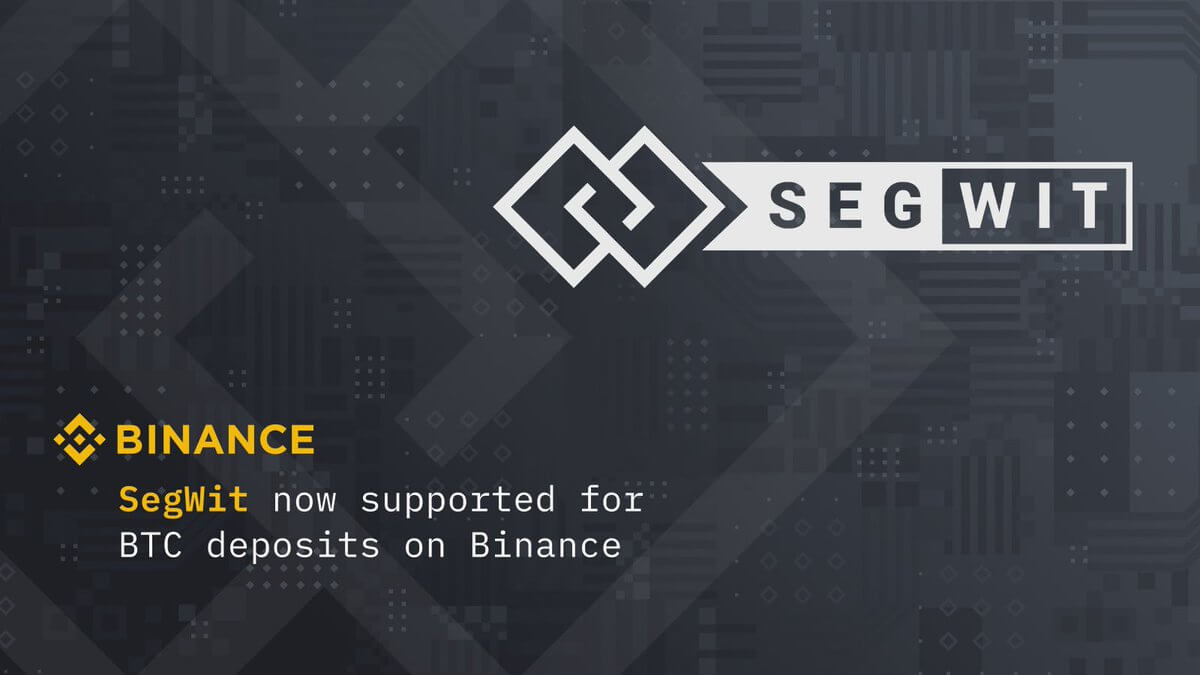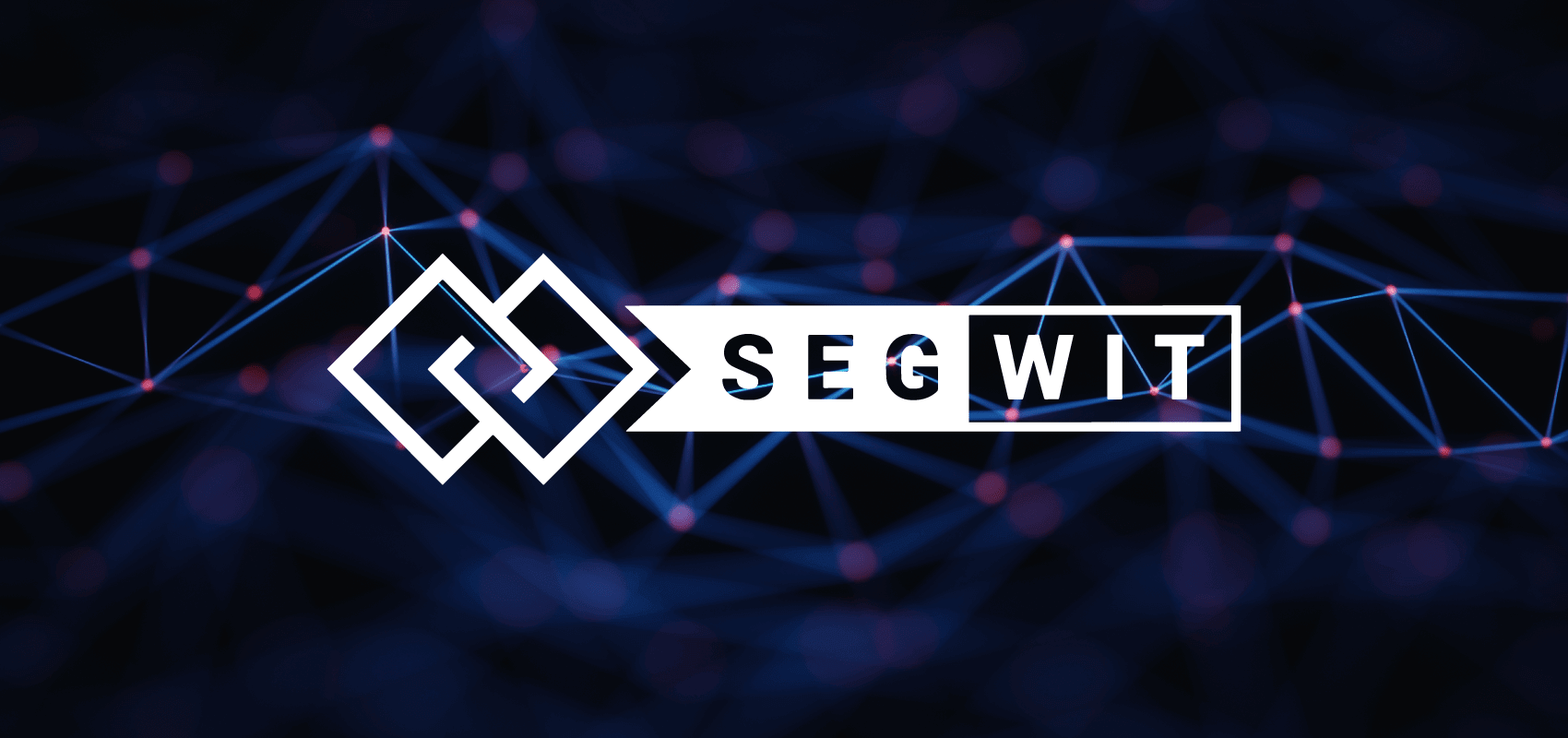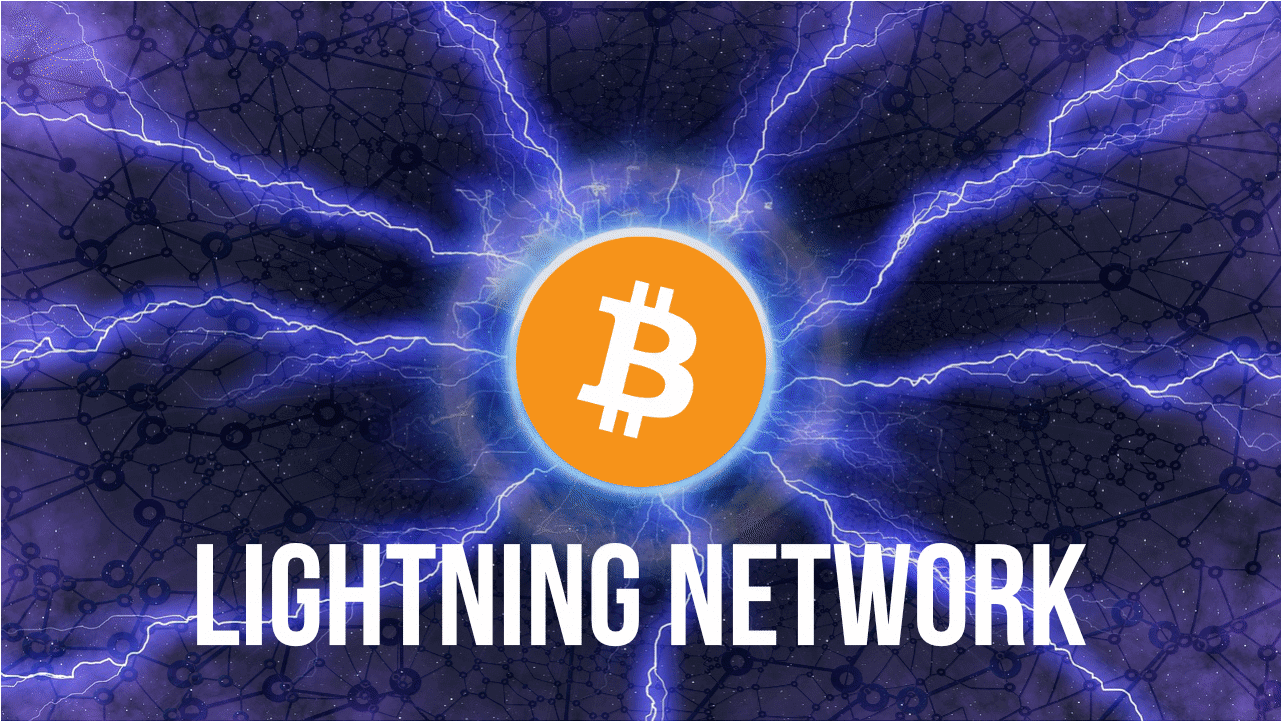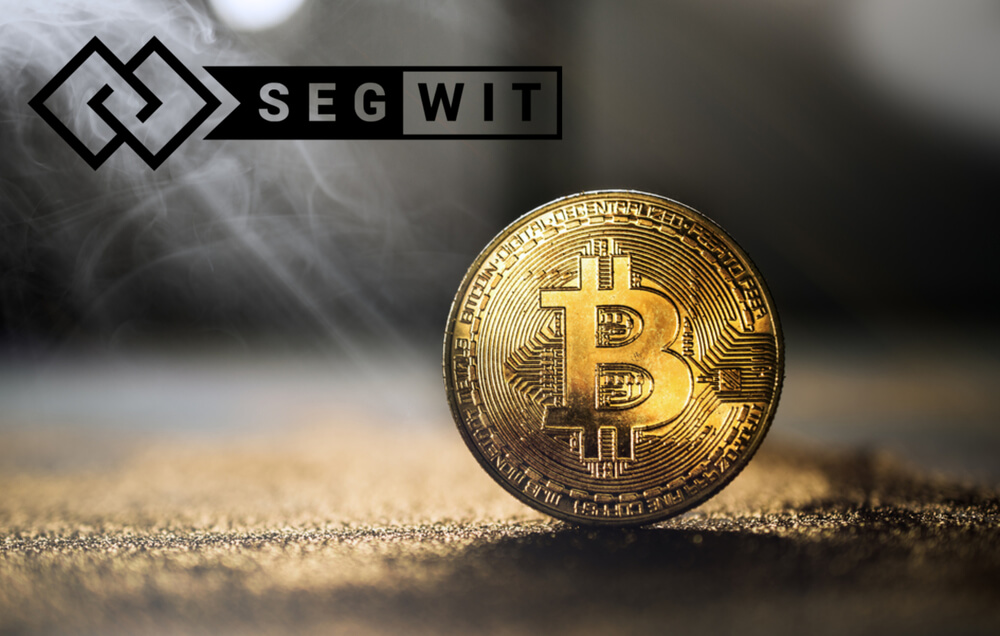SegWit is one admittedly complex concept in the blockchain world. Most crypto veterans probably still have no idea what it is or what it’s really about. And for those just now entering the blockchain sphere – it can be confusing even to begin wrapping your head around it.
Whichever the case, it’s essential to get it right – especially if you’re planning to interact with Bitcoin and other cryptocurrencies such as Litecoin.
The good thing is we help you take care of this in this article. So let’s discover what SegWit is, how it came to be, what it holds for the crypto market place, and more.
What is SegWit?
Segwit is the name given to a Bitcoin protocol upgrade developed in 2015 and implemented in August. 23, 2017. It was designed as a solution to the scalability of Bitcoin and other cryptocurrencies with a similar model, like Litecoin.
Bitcoin confirms a new block every 10 minutes, with each block only able to hold a certain number of transactions. Bitcoin’s block size is only 1MB – and this limits the number of transactions that can be confirmed for every block. As a result, the Bitcoin blockchain only processes an average of about seven transactions per second (TPS). This pales in comparison to other payment systems like Visa and PayPal, which handles 1700 TPS and 193 TPS, respectively.
SegWit’s bright idea is to increase the block size on the blockchain by removing digital signatures from transactions. When certain parts of a transaction are removed, it frees up space for more transaction throughput on the chain.
Segregate here means to separate, and witnesses are the signatures. So, SegWit is shorthand for “segregated witness,” which means to separate signatures from transaction data.
The SegWit idea originated with Bitcoin developer Pieter Wuille and was developed by him together with other developers, resulting in it being implemented as a soft fork in 2017 on the Bitcoin network. This upgrade brought a number of benefits for the blockchain network – including improving transaction speeds and increasing block capacity. It also solves the so-called transaction malleability issue – which we’ll discuss below, right after we deconstruct the ‘soft fork.’
What Is A Soft Fork?
Any software needs updates to improve its functionality or fix performance issues. In the cryptocurrency world, such updates or changes are known as forks.
A soft fork is a blockchain update that doesn’t split the chain into two.
In other words, a soft fork is an upgrade that is backward compatible with the previous software. A soft fork does not need nodes in the network to upgrade so as to follow the same network since all blocks on the ‘new’ blockchain follows the same consensus rules (a set of rules that all nodes usually enforce to validate a block and its transactions). In other words, a soft fork is backward compatible because old nodes will still recognize the new blocks on the upgraded blockchain.
A soft fork requires a majority of miners (nodes) to activate it so that it becomes operational. SegWit is one such type of a soft fork – it’s compatible with the old version of the Bitcoin blockchain.
What is Transaction Malleability, and Why is Fixing it Important?
Transaction malleability is a flaw in Bitcoin’s code that allowed bad actors to potentially change transaction signatures. Changing here means altering the unique ID of every Bitcoin transaction before it’s verified on the network.
If someone tampers with a transaction signature, it could cause a transaction between two parties to be corrupted. Now, we know records on the Bitcoin blockchain are immutable, i.e., they can never be changed or altered. This resulted in invalid transactions being stored forever on the blockchain.
Signatures are the only way a transactions’ unique ID can be modified. SegWit came along and removed the need for a signature to be on a transaction. Even if someone alters the signature, the unique ID remains the same. The signature will still be checked, but this time not when calculating a transaction’s fingerprint, or identifier.
SegWit’s Implementation Issues
After SegWit went live, its implementation was anything but immediate. Even today, the protocol is yet to be fully adopted by network participants. This is due to several reasons – including the different motivations of different users on the network. It’s also because it’s not mandatory, and some participants are okay with the original Bitcoin protocol.
Another reason is that there are different participants in the Bitcoin ecosystem playing various roles – so implementation of any new protocol is not exactly automatic. For example, the Bitcoin network relies heavily on wallets in which users will store their private and public addresses.
There are also crypto exchanges and other players in the ecosystem who need to upgrade their systems and hence ‘facilitate’ any changes in the network. For an upgrade to be adopted, all these organizations need to embrace it, and this doesn’t always pan out favorably.
A new software update would change the way transactions are carried out on the network. This might be good news for Bitcoin believers – but not necessarily for corporate interests. Consider, for example, the investment in billions of some of these companies. There is high motivation to maintain the status quo and not ‘rock the boat.’
There is also the question of wallets that were not able to support the protocol immediately. It took a while before some of the most widely used wallets – like Trezor and Wallet, could enable it.
There’s also the issue of miners. SegWit was designed to go live if a supermajority of miners signaled support for it. However, the larger portion of the miner community refused to activate the protocol. This is because SegWit was incompatible with a mining optimization software known as AsicBoost that they were using.
The miners’ refusal led to an interesting showdown. Bitcoin enthusiasts rallied around an idea called User Activated Soft Fork (UASF) – which meant they would activate the protocol on their own Bitcoin nodes if miners did not. The UASF would have split the Bitcoin network into two – one with SegWit and another without. The resulting outcome was not going to be favorable for anyone – which is probably why a few days before the UASF ‘deadline’, miners caved in and activated the protocol.
SegWit’s Adoption Challenges and Current Status
SegWit’s “backward-compatible” status, i.e., ensuring network participants who haven’t upgraded to it can coexist with those who have, means some participants have not been in too much of a hurry to adopt it.
Most Bitcoin-businesses, as well, would rather focus on customer acquisition than implementing not such necessary technologies. Rusty Russell, a blockchain developer at the blockchain company Blockstream, echoed this to the crypto news website Coindesk in 2018. He said that the priority for startups was “optimizing for growth and not implementing cool new tech.”
Implementing SegWit is also quite an involving task – both time-wise and financially. Founder of the crypto exchange Gemini, Tyler Winklevoss owned to this in a Reddit Q&A earlier this year. He said retrofitting wallets to accommodate SegWit was a “very tricky procedure” that required designing “a new hot wallet from the ground up.”
Nevertheless, SegWit has, over time, gained traction, thanks to Bitcoin increasing in value and a subsequent increase in transaction fees. For this, users are more inclined to use efficient, SegWit-enabled solutions. Businesses have noticed this shift and are now being forced to adapt.
For instance, in October of 2019, Bitcoin Segwit had reached usage rates of 56.82%, and Litecoin Segwit had hit 75%. These are encouraging figures that point to increased adoption of the protocol in the future.
Pros of SegWit
 Solves the issue of transaction malleability
Solves the issue of transaction malleability
 Facilitates faster transactions on the blockchain since waiting time is reduced
Facilitates faster transactions on the blockchain since waiting time is reduced
 Makes bitcoin transactions cheaper – faster transactions mean lower transaction fees
Makes bitcoin transactions cheaper – faster transactions mean lower transaction fees
 Helps Bitcoin and other cryptocurrencies achieve better scalability
Helps Bitcoin and other cryptocurrencies achieve better scalability
 Reduces the size of each individual transaction
Reduces the size of each individual transaction
 Helps new and exciting developments like the lightning network
Helps new and exciting developments like the lightning network
Cons of SegWit
 SegWit’s idea relies on eliminating some data off the blockchain. Some Bitcoiners believe keeping data off the blockchain is in itself a failure – like admitting the bitcoin model can’t stand on its ‘own feet.’
SegWit’s idea relies on eliminating some data off the blockchain. Some Bitcoiners believe keeping data off the blockchain is in itself a failure – like admitting the bitcoin model can’t stand on its ‘own feet.’
 Miners now get lesser transaction fees for every individual transaction
Miners now get lesser transaction fees for every individual transaction
 SegWit’s implementation is a complex process that wallets have to do on their own. Some may not have enough resources to do it or may not get it right the first time
SegWit’s implementation is a complex process that wallets have to do on their own. Some may not have enough resources to do it or may not get it right the first time
 The implementation means more resources being used overall – owing to the increase in block capacity, transactions, bandwidth, and so on
The implementation means more resources being used overall – owing to the increase in block capacity, transactions, bandwidth, and so on
 The off-chain containing signature data will need to be maintained by miners as well. Unlike the blockchain where they get block rewards and a fraction of transaction fees, there is no reward for maintaining SegWit
The off-chain containing signature data will need to be maintained by miners as well. Unlike the blockchain where they get block rewards and a fraction of transaction fees, there is no reward for maintaining SegWit
 Some in the Bitcoin community believe it’s a short term fix to a long term problem. They argue that it doesn’t really solve the scalability problem and that only changes to the blockchain size and changing how transactions are processed on the blockchain will really help Bitcoin to scale
Some in the Bitcoin community believe it’s a short term fix to a long term problem. They argue that it doesn’t really solve the scalability problem and that only changes to the blockchain size and changing how transactions are processed on the blockchain will really help Bitcoin to scale
 The protocol has caused divisions in the Bitcoin community, leading to ‘forking wars,’ with the hard fork Bitcoin Cash resulting out of this
The protocol has caused divisions in the Bitcoin community, leading to ‘forking wars,’ with the hard fork Bitcoin Cash resulting out of this
Conclusion
SegWit is a fundamental change to the Bitcoin ecosystem and one that sets the stage for further upgrades down the road. Removing the need to include identifying information on transactions on-chain brings several benefits such as more and faster transactions, fixing the thorny malleable transactions issue, and more.
But despite it being a promising, innovative solution – its adoption has been rather slow. Some people welcome it as an improvement to the world’s most popular cryptocurrency, while others think it highlights Bitcoin’s shortcomings. However, recent statistics show a marked improvement – something encouraging for its proponents. And from the current trend – its adoption looks set to go only forward. Let’s wait for what the future holds for both camps.








